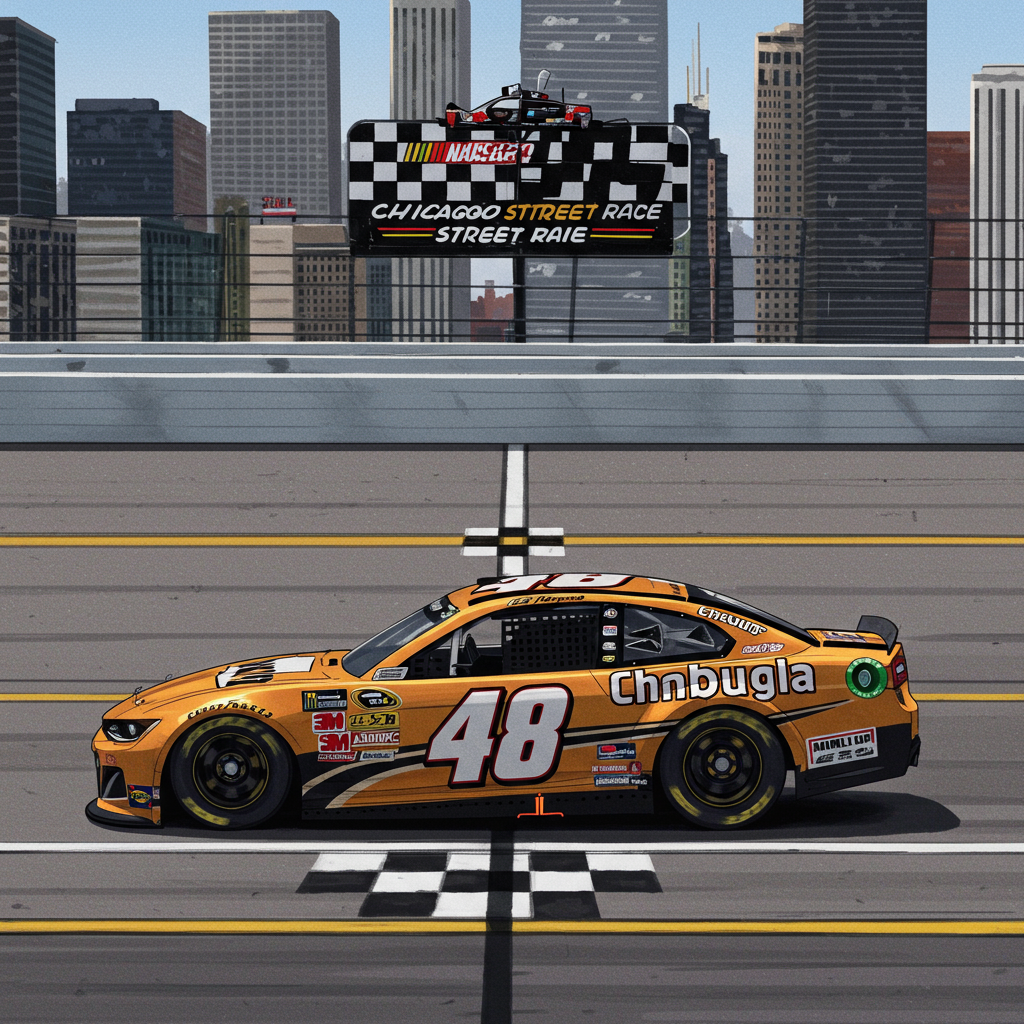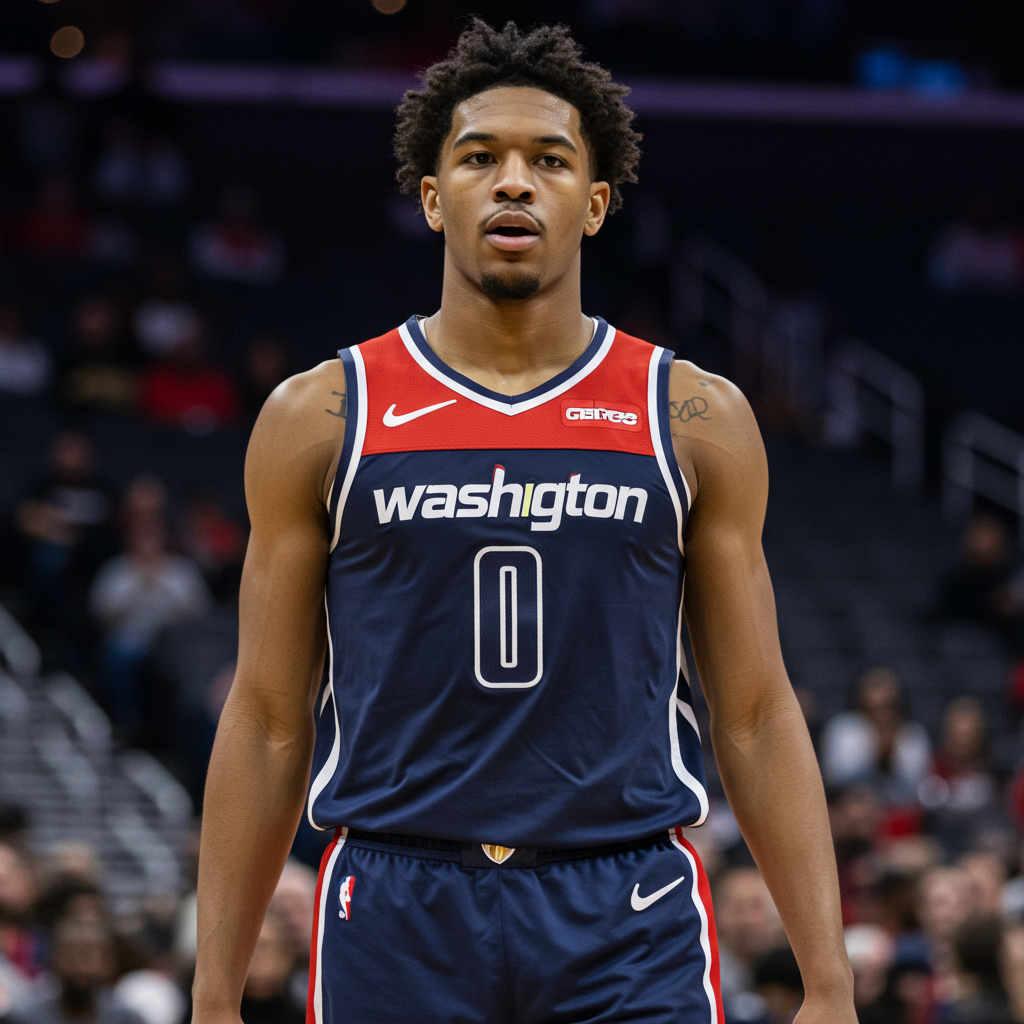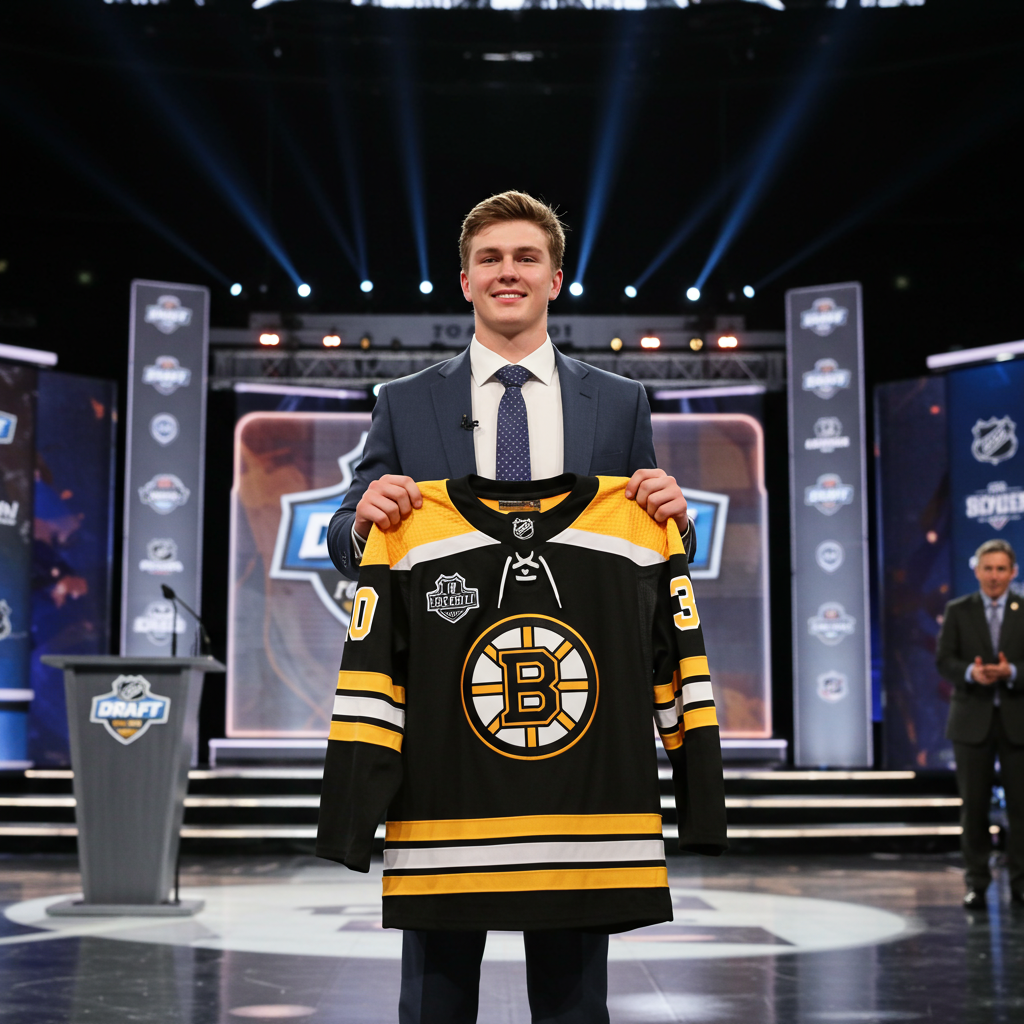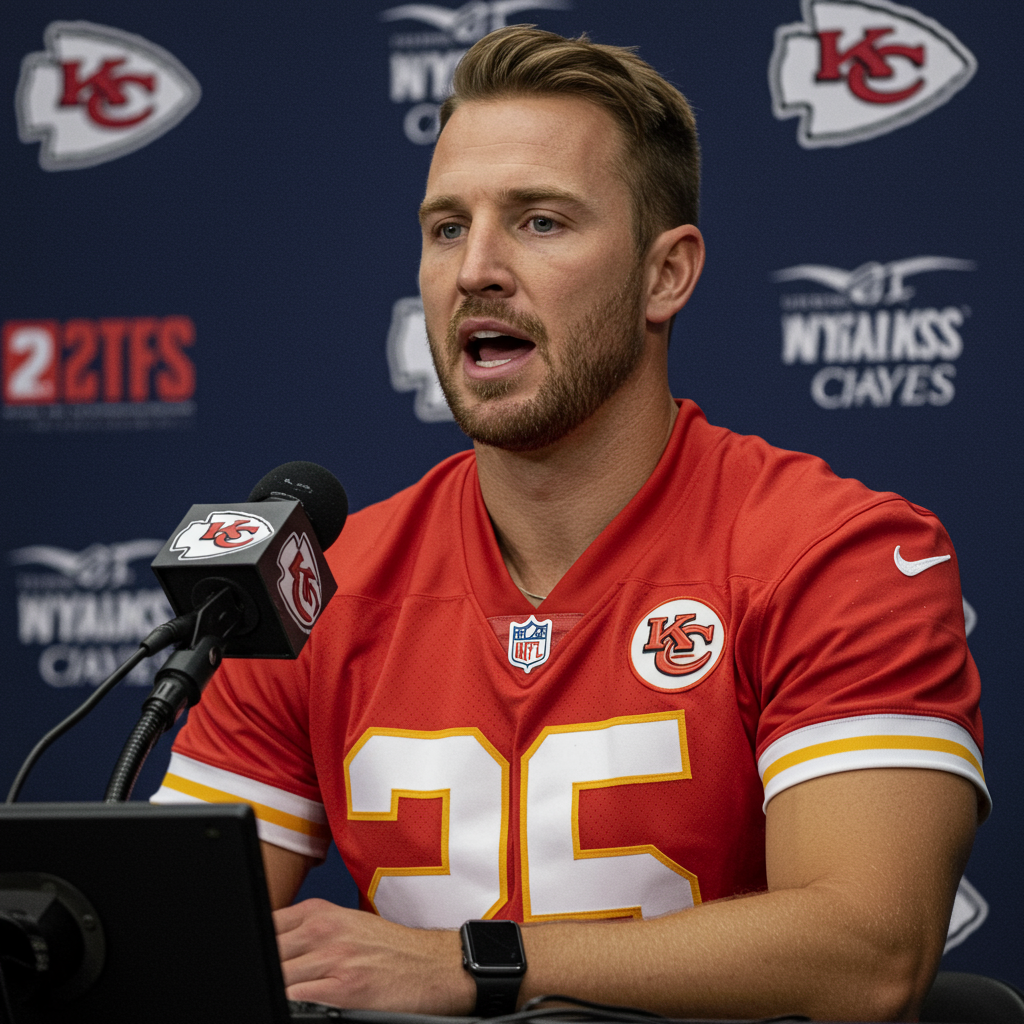The unique challenge of the chicago street course returns this weekend, setting the stage for the Grant Park 165. This temporary circuit, carved through the heart of downtown Chicago, presents drivers with an unforgiving test unlike any other on the NASCAR calendar. At the forefront of the field is road racing specialist Shane van Gisbergen, who secured the coveted Busch Light Pole position, immediately positioning himself as the driver to beat. But while SVG looks dominant, the unpredictable nature of street course racing and the raw, abrasive Chicago pavement mean victory is far from guaranteed.
Race Essentials: What You Need to Know
The third running of the NASCAR Cup Series race on the Chicago Street Course promises high-stakes action. Drivers will navigate 75 laps around the 2.2-mile layout, covering a total race distance of 165 miles. The event unfolds on Sunday afternoon, with the green flag scheduled for approximately 2 p.m. ET. Fans can catch all the action live on TNT Sports and truTV, stream it on HBO Max, or tune into MRN Radio or SiriusXM NASCAR Radio for audio coverage. Over $11.7 million is on the line in the race purse, adding another layer of intensity to this demanding urban battle.
Stages are set for Laps 20 and 45, before the final run to the checkered flag on Lap 75. Alex Bowman is the defending winner, having triumphed in the July 2024 edition. However, the focus this year is squarely on the pole sitter, Shane van Gisbergen.
SVG: The Benchmark on City Streets
Shane van Gisbergen’s performance on the Chicago Street Course has been nothing short of sensational. After claiming the pole for both the Cup and Xfinity Series races on Saturday, the New Zealander exuded confidence, calling himself a “lucky boy” for having top-tier equipment. Yet, fellow competitors quickly dismissed luck, attributing his blistering speed to pure talent.
Trackhouse Racing teammate Ross Chastain, starting 22nd, was candid about the gap. “Good luck,” Chastain remarked with a laugh when asked if anyone could beat SVG. He admitted his own goal was just to be within a second of SVG’s time, a target he couldn’t meet. Chastain emphasized the identical nature of their cars, highlighting van Gisbergen’s exceptional driving skill on this challenging layout.
SVG’s recent form heading into Chicago has been potent. Just three weeks prior, he dominated the inaugural Cup Series race in Mexico City, winning by a staggering 16.5 seconds. That victory secured his first-ever berth in the NASCAR Cup Series Playoffs. His success continued Saturday in Chicago, taking the pole and winning the Xfinity race from the top spot.
Despite this street course mastery, van Gisbergen isn’t immune to challenges on road circuits. He finished sixth at Circuit of The Americas in March and was edged out by Chris Buescher on the final lap at Watkins Glen last September. Chris Buescher, notably, boasts the best average finish on road courses in the Next Gen car at 8.79. This history reminds competitors that while SVG sets the benchmark, he can be beaten.
Bubba Wallace, another driver who competes against SVG in Charlotte’s Summer Shootout Series, acknowledged van Gisbergen’s talent. Wallace described SVG as “the benchmark” on road courses, pointing to his Xfinity success as proof. However, Wallace also noted that SVG gets “humbled” on oval tracks, underscoring his specific prowess on circuits like Chicago.
The Unforgiving Chicago Streets
The Chicago Street Course is notorious for its difficulty, and Saturday’s practice and qualifying sessions saw several top drivers struggle. Its tight confines and limited runoff areas offer zero forgiveness for even the slightest mistake. A lack of grip was a common complaint among drivers. Brad Keselowski, starting 15th, described the track as “very treacherous” and “slick.” He pointed to the aging pavement, having endured a summer and winter since last year, as a factor.
This unique surface requires a different approach to car setup compared to traditional NASCAR tracks. Richard Boswell, crew chief for Austin Dillon, explained that teams must set up cars to be “a little more compliant.” This helps drivers cope with the bumps and rough texture of everyday roads used by heavy city traffic, preventing them from constantly hitting the suspension limiters. Boswell stressed that these aren’t pristine racing surfaces; they are public streets not in the “greatest of shape.”
City maintenance has introduced new pavement in some areas, like Turn 11, and patches between Turns 5 and 6. This unpredictability led drivers and crew chiefs to pay extra attention during track walks, observing how these changes might affect handling and tire wear. Blake Harris, crew chief for defending winner Alex Bowman, noted the impact of 18-wheelers using these roads daily and the need to understand how repaved sections influence car performance.
Strategy Battles and Weather Watch
Adding another layer of complexity to the Chicago Street Race is the perennial threat of variable weather. Both previous editions of the event have been impacted by rain, leading to delays and shortened races. This history looms large for teams developing their race strategies.
Richard Boswell highlighted the challenge: since the race hasn’t run full distance yet, it’s difficult to rely on past strategies. The forecast for Sunday remains uncertain, making multiple game plans essential. “Track position is going to be king,” Boswell stated, emphasizing that holding the lead spot, even without the fastest car, could be worth fifteen positions due to the difficulty of passing on the tight circuit. Maintaining that track position becomes the number one priority.
Blake Harris echoed this sentiment, revealing his team has potentially seven different strategies prepared for Sunday, adapting to whatever Mother Nature delivers. The possibility of needing wet-weather tires is always present in Chicago, forcing teams to consider rain setups alongside dry race plans. The fluctuating forecast means flexibility and quick decisions will be crucial during the Grant Park 165.
Beyond the Pole Sitter
While Shane van Gisbergen rightfully commands the spotlight, the Chicago Street Race field is packed with talent looking to challenge him. Michael McDowell stands out as a strong contender. Starting second, the Spire Motorsports driver has an excellent record on the Chicago streets, finishing seventh and fifth in his previous two starts from the front three rows. He also showed strong road course pace with a fifth-place finish in Mexico City. McDowell is certainly one to watch.
However, the weekend’s challenges have scattered several top drivers deep in the field. Bubba Wallace starts 37th after a difficult session. Points leaders William Byron (38th) and Chase Elliott (39th) both start near the back after separate incidents in practice prevented qualifying attempts. Denny Hamlin starts last due to an engine issue. Alex Bowman (defending winner) and Kyle Larson will also drop to the rear after making unapproved adjustments for repairs needed after incidents. While track position is vital here, the sheer talent among these drivers means a chaotic race could open the door for a charge through the field, adding another element of unpredictability. Kyle Busch, starting sixth, is also well-positioned after qualifying his season-best on a road course.
Given the difficulty of the track, the uncertain weather, and the mixed-up starting grid, the Grant Park 165 is poised to be a thrilling and unpredictable event. Shane van Gisbergen is the clear favorite, but Chicago has a history of delivering surprises.
Frequently Asked Questions
What makes the Chicago Street Course so difficult for NASCAR drivers?
The Chicago Street Course presents unique challenges because it uses public roads. These roads are bumpy and worn from daily traffic, lack the consistent grip of dedicated race tracks, and offer minimal runoff areas. Any small mistake can lead to contact with unforgiving concrete barriers. Crew chiefs must adapt car setups to handle the rough surface, making precision and car control paramount.
Who are the key drivers to watch besides Shane van Gisbergen at Chicago?
While SVG is on pole and favored, several others could contend. Michael McDowell is a strong candidate, starting second with a solid history on the Chicago streets and recent road course speed. Drivers like Chris Buescher and Tyler Reddick are known for their road course prowess. Additionally, top contenders like Chase Elliott, William Byron, and Alex Bowman, despite starting deep after issues, have the talent to potentially charge through the field if the race remains clean or strategy plays out favorably.
How might weather impact the NASCAR Chicago Street Race?
Weather has significantly impacted the Chicago Street Race in its previous two runnings, both shortened by rain and darkness. An uncertain forecast for Sunday means teams must prepare multiple strategies, including the possibility of running wet-weather tires. Rain would increase the difficulty, reduce grip further, and could lead to delays or another shortened event. Track position becomes even more critical if rain is a factor, as passing in wet conditions is extremely challenging.




